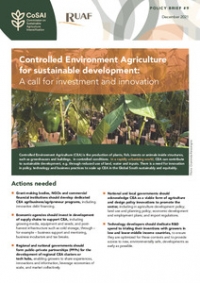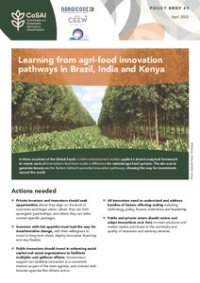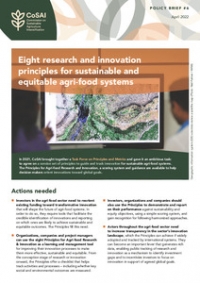Climate change and other stressors will reduce the adaptive capacity of communities in semi-arid and arid systems in the future. One means of increasing the likelihood that households, enterprises and land managers will be able to adapt to future changes is to help them anticipate such changes.
Researchers from the International Livestock Research Institute and Colorado State University has developed a model, called G-Range, which allows decision makers to carry out global analyses of native rangelands and the changes they may undergo.
The model simulates generalized changes in rangelands through time. Spatial data and a set of parameters that describe the growth and population dynamics of vegetation are combined with equations representing ecological processes including soil nutrient and water dynamics, vegetation growth, fire and grazing by wild and domestic animals.
The model is spatial, with areas of the world divided into square cells comprising areas of herbaceous and woody vegetation. Ecosystem dynamics are simulated in cells defined as rangelands.












